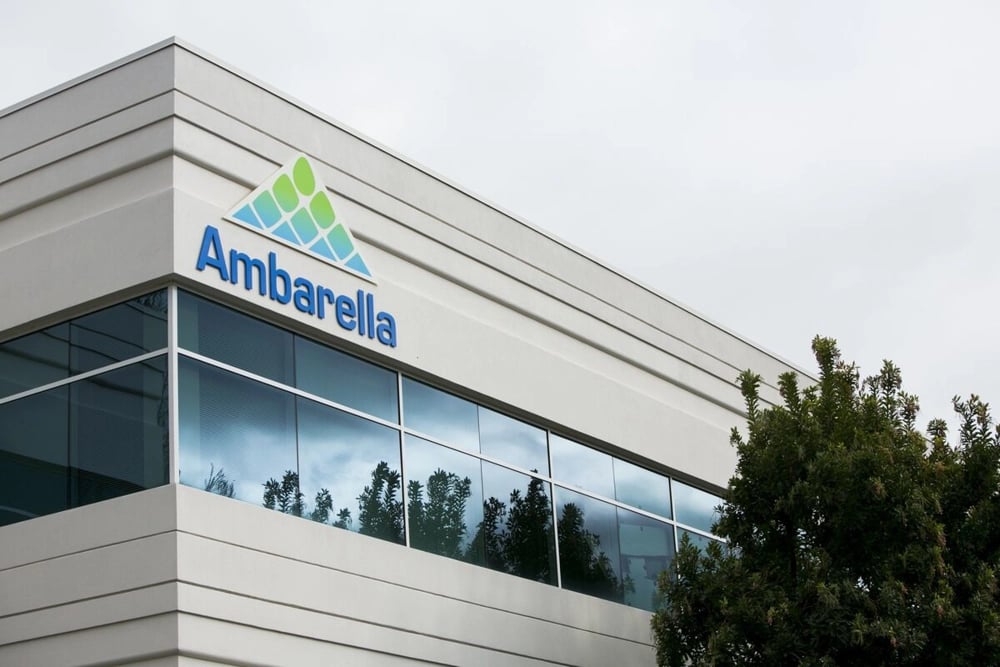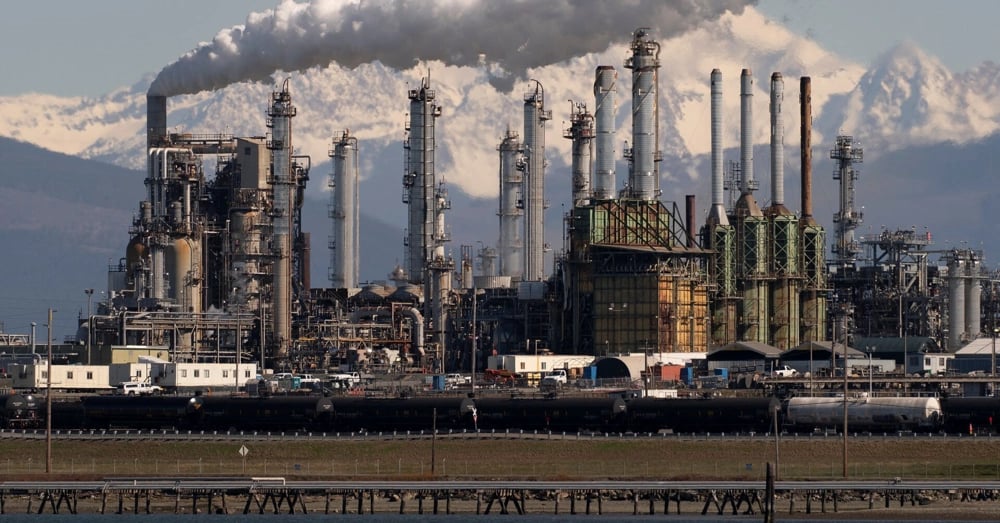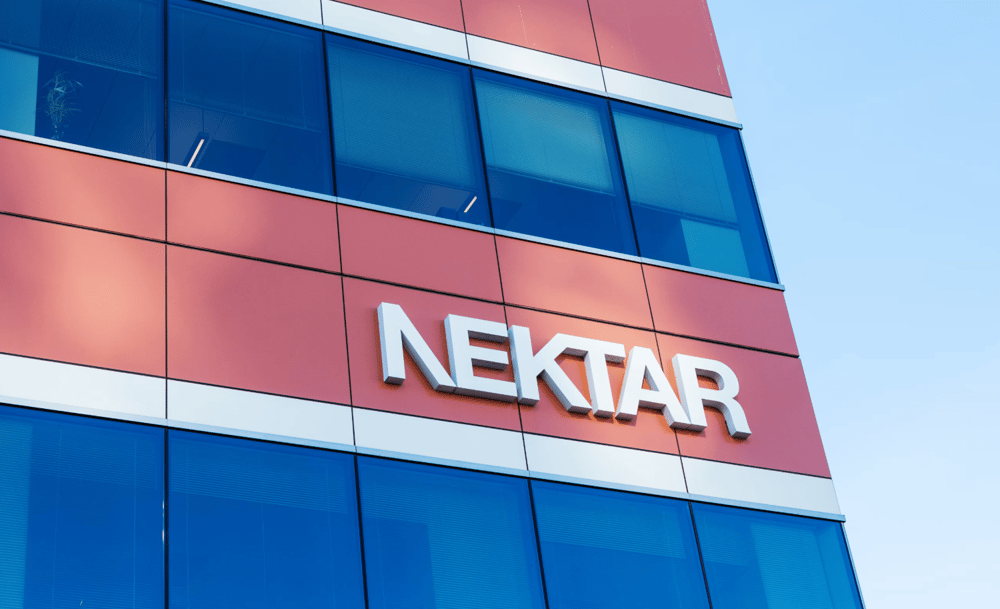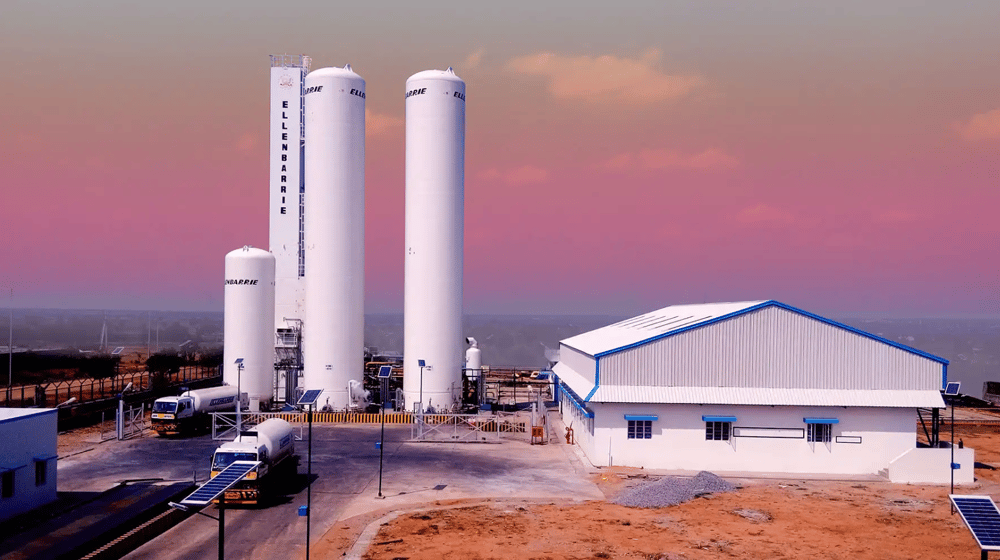Qatar's Sovereign Fund (QIA) to Double U.S. Investments Amid USD $500 Billion Commitment
The Qatar Investment Authority (QIA), one of the world’s largest sovereign wealth funds, announced plans to at least double its annual investments in the United States over the next decade. This pledge follows a broader commitment to inject $500 billion USD into the U.S. economy within the same timeframe, marking a significant deepening of economic ties between Washington and Doha.
The announcement came after former U.S. President Donald Trump’s visit to Doha, where high-profile deals were signed with Qatari leadership. Although headline figures suggest $1.2 trillion in future bilateral economic exchanges—including a major Qatar Airways deal valued at $96 billion—the exact breakdown remains opaque.
Strategic Capital Allocation and Political Momentum
QIA’s decision to ramp up U.S. exposure reflects a strategic recalibration amid a shifting global investment landscape. With geopolitical risks rising and Western economies pursuing industrial decoupling from certain markets, Qatar appears poised to align more closely with the U.S. financial system.
The $500 billion figure is part of a long-term deployment strategy, spanning key sectors such as infrastructure, real estate, energy transition, and technology. This diversification effort not only aligns with Qatar’s sovereign objectives under its Vision 2030 framework but also helps hedge exposure to hydrocarbon price volatility.
Trump’s regional diplomacy is instrumental in reshaping foreign investment flows. His renewed engagement with Persian Gulf allies, particularly Qatar, rekindled trust after a period of diplomatic chill in 2017–2019. The resulting economic alignment signals the return of high-profile Gulf capital into strategic U.S. sectors.

Quick Facts
Qatar Investment Authority (QIA) to double annual U.S. investments over the next decade.
Current commitment totals $500 billion USD for deployment across U.S. assets.
Trump’s visit to Doha included $1.2 trillion in bilateral economic agreements.
Qatar Airways deal reportedly valued at $96 billion USD.
Details of signed agreements remain undisclosed, raising transparency concerns.
Further Analysis: Market Implications and Political Dynamics
QIA's accelerated U.S. investment plan could have multi-layered effects on financial markets and bilateral relations. Institutional investors are likely to monitor sectors receiving QIA inflows, especially public-private infrastructure partnerships (PPPs) and green energy projects, which have been recent focal points for Gulf sovereign wealth vehicles.
At the same time, the announcement introduces questions about U.S. regulatory oversight, foreign ownership in strategic assets, and potential national security reviews under CFIUS (Committee on Foreign Investment in the United States).
From Qatar’s perspective, increasing U.S. exposure provides portfolio insulation against regional tensions, while strengthening economic diplomacy with Washington. For the U.S., attracting Gulf capital supports job creation, capital formation, and domestic infrastructure revitalization—all key priorities in post-pandemic economic policy.

Key Takeaways
$500 Billion Allocation – QIA's 10-year pledge reinforces long-term confidence in the U.S. economy.
Sectoral Targeting – Focus likely on infrastructure, tech, energy, and real assets.
Political Catalyst – Trump's Gulf visit revives bilateral trust and capital flows.
Geostrategic Hedging – Qatar diversifies away from regional dependence and oil-linked risk.
Oversight Risk – Growing scrutiny of foreign sovereign investment in critical U.S. infrastructure.
Strategic Realignment with Global Implications
The Qatar Investment Authority’s intention to double U.S. investment volumes and commit $500 billion in USD-denominated assets represents a major vote of confidence in the American economy. It also signifies a realignment of Gulf capital flows at a time of growing geopolitical uncertainty.
Trump’s engagement in Doha has added a layer of political momentum to financial cooperation, though the lack of detail around the $1.2 trillion dealbook leaves room for skepticism. Nonetheless, QIA’s expanded role as a U.S. capital provider may influence infrastructure financing, technology investment, and cross-border policy frameworks throughout the 2030s.















Comments
This signals a broader trend toward innovation-driven growth in automation.